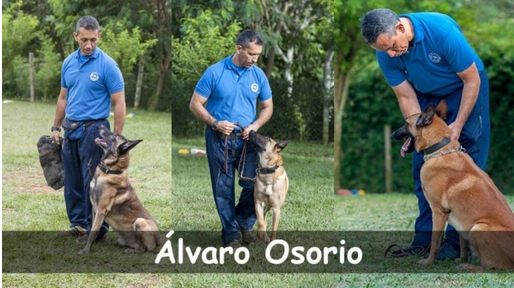What would be the steps to train a dog?

It's the vision that individuals as puppy owners all dreamt about. A puppy that's leisurely strolling beside you, or sitting calmly at the feet at an outdoor cafe. But there are several steps to complete to ensure that your pup is on the proper track using their training to be able to make it happen!
At first, that perfect pup will come with some growing pains: nipping, chewing, potty accidents, barking, and more. Your puppy is growing and developing quickly. Once they've been home for several weeks, your puppy ought to know the fundamentals of a daily routine and be focusing on some obedience training and learning basic commands.
So how can do you know what you need to begin training your pup first on? No real matter what age you buy your pup, you should use our puppy training schedule as a guideline to greatly help your puppy grow, develop, and learn the good manners they want at home and in the world to simply help shape them into becoming that perfect pup you envisioned!
1.Use your pup's food for training!
Your puppy's food is an extraordinary resource and one of the best tools you should use to teach your puppy! In those early puppyhood months, having your puppy benefit their food is a super-easy way to get and hold their attention on you, rewards them for doing this, and creates a positive association with looking for your requirements for direction!
At The Puppy Academy, we've our students bring their lunch to school using them, and we use that meal because of their training sessions. It is also part of the foundation for the Online Training School. In both programs, you'll often hear us recommending our pup parents keep a delicacy pouch on or near them all the time at first weeks using their new pup at home. (Don't worry, you can and will wean off as they get older!) Having usage of your pup's food will come in so handy for redirecting them from something they're doing that you do not want them to do, getting them to come calmly to you, having them focus on you to create that guidance-based relationship, and reward them for his or her good behaviors to encourage them to do that again!
2. Be Patient and Consistent!
It's easy to become frustrated with the puppy training process. Puppies are young and still determining the world, so they will make mistakes. It will take time for you to establish communication between yourself and your puppy, so don't expect them to obtain it on the very first try!
To obtain them on the right track faster, maintain a constant schedule for the puppy. Consider developing a daily puppy schedule that includes potty breaks, feeding and playtimes, puppy training sessions, and nap times! This will help your puppy learn to comprehend the daily household routine, feel confident and secure, provide structure, and promote good behavior.
For more details kindly visit Curso Educanino (Educational Course).